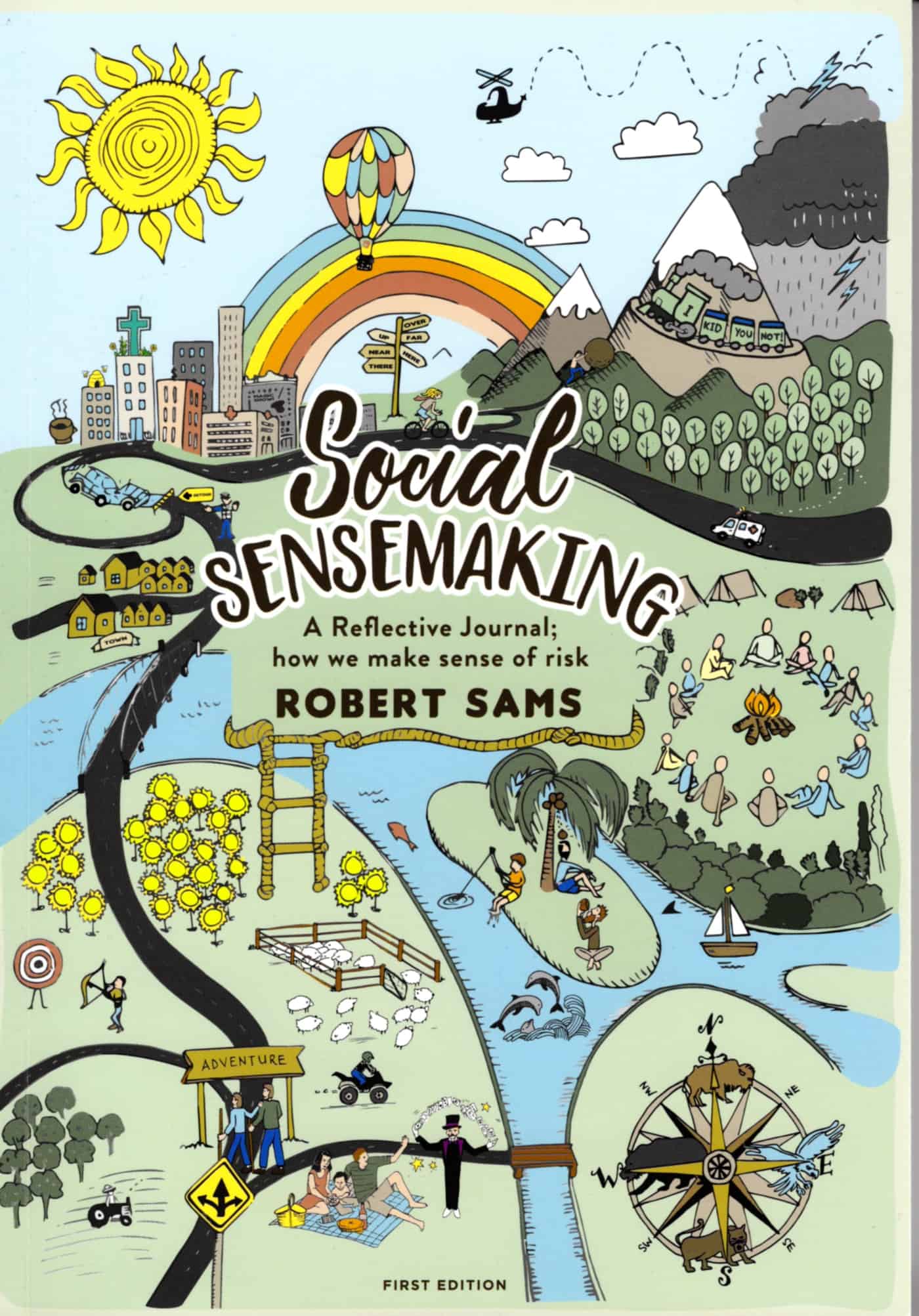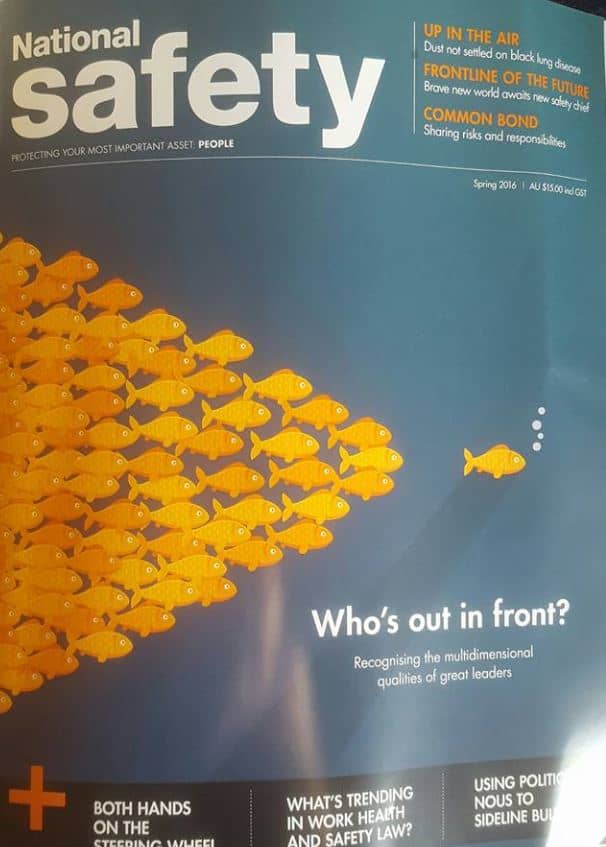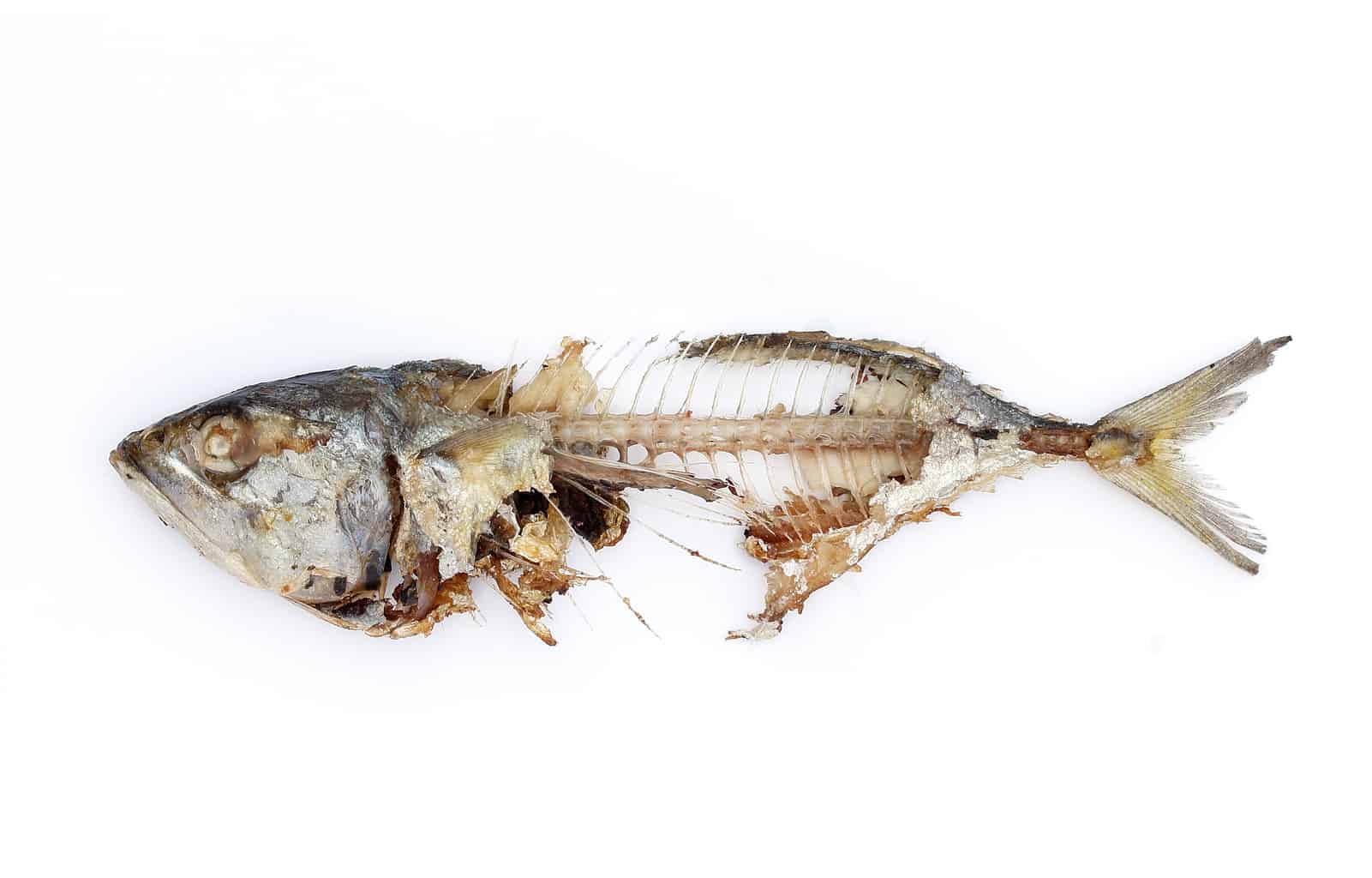This week Australia has been experiencing a safety roadshow built around the Deepwater Horizon movie and two guest speakers. The afternoon sessions have been well attended and the discussion fruitful but does the film improve the viewers’ understanding of safety or misrepresent it?
Continue reading “Is the Deepwater Horizon movie good for safety?”

 The media is full of lists of Christmas reading, usually in order to sell books. Below is a selection of the safety-related books that are in my Summer reading pile. (No, I am not going to list the Batman comics or Star Trek books. That would be embarrassing.)
The media is full of lists of Christmas reading, usually in order to sell books. Below is a selection of the safety-related books that are in my Summer reading pile. (No, I am not going to list the Batman comics or Star Trek books. That would be embarrassing.) On November 15, 2016, the
On November 15, 2016, the  In response to a question about leadership in small- to medium-sized businesses, Lacey said that leadership “applies to all”:
In response to a question about leadership in small- to medium-sized businesses, Lacey said that leadership “applies to all”: The attention given to senior executive leadership is an organisational echo of the economic
The attention given to senior executive leadership is an organisational echo of the economic